Macroeconomics DefinitionA substantial image can be depicted in macroeconomics (a branch of economics). It conducts a thorough analysis of the economy and takes into account several economic difficulties. 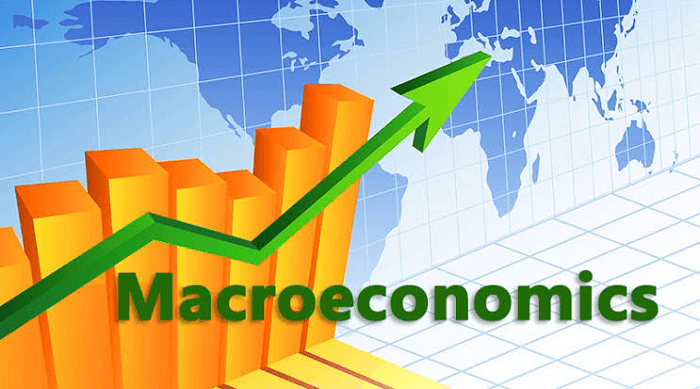
Macroeconomics includes measuring and understanding both the problems that an economy faces and the progress it makes. Inflation, unemployment, a rising tax burden, and other problems are considered while discussing an economy's difficulties. It also investigates how countries are related and how their respective policies affect one another. It limits its focus by analyzing the accomplishments and failures of government initiatives. Understanding how specific elements might impact an economy and its population is possible by studying macroeconomics. These elements consist of the following:
Governments and businesses use macroeconomic models to create economic policies and plans while understanding and anticipating their decision's long-term repercussions (consequences). The various principles, resources, and technology that enable economic growth are linked by macroeconomics. History Of MacroeconomicsThe self-regulating market theory of Scottish philosopher and economist Adam Smith, which British economist David Ricardo further refined in the early 19th century, is the foundation of the classical viewpoint of macroeconomics. This hands-off concept of economics was recognized as laissez-faire, emphasizing limited governmental intervention in the economy. 
Up to the start of the Great Depression in 1929, this classical version of economics dominated the field. A quarter of Americans were unemployed during the depression, lasting roughly ten years. The General Theory of Employment, Interest, and Money, written by British economist John Maynard Keynes in reaction to the severe economic crisis, established the modern study of macroeconomics. According to Keynesian economics, shifts in aggregate demand can cause differences between potential and actual output levels. The government should be ready to fight downturns by implementing fiscal and monetary measures. Significance Of MacroeconomicsOur world is strongly interconnected and complex. The economy impacts everyone. Most people rely on the economy to create work or company opportunities to earn money to pay for the goods and services they require to survive and operate in contemporary society. An expanding economy offers people chances for a better life, whereas a declining economy can be terrible for most people. 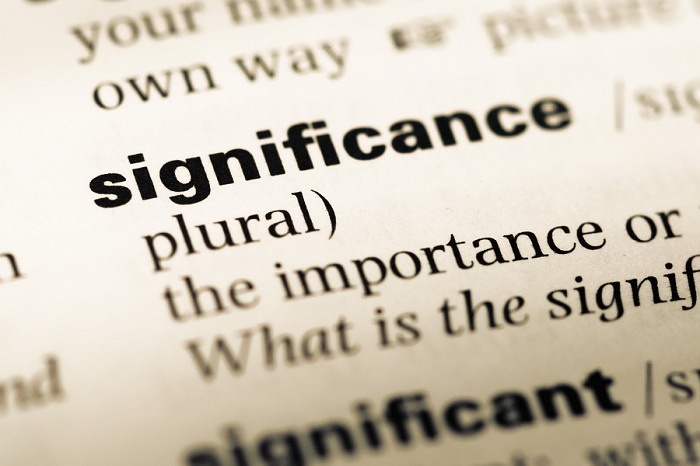
By studying macroeconomics, we can learn more about what drives our economy's expansion and contraction. To create and maintain the best economy possible, macroeconomics offers the analysis necessary for effective policy creation. Macroeconomics Concepts
1. A Capitalist NationInstead of centralized political procedures, a capitalist nation is marked by sub-urbanized and voluntary economic planning decisions. A deeper understanding of the concept can be gained by considering the characteristics of the capitalist financial system (Economy). 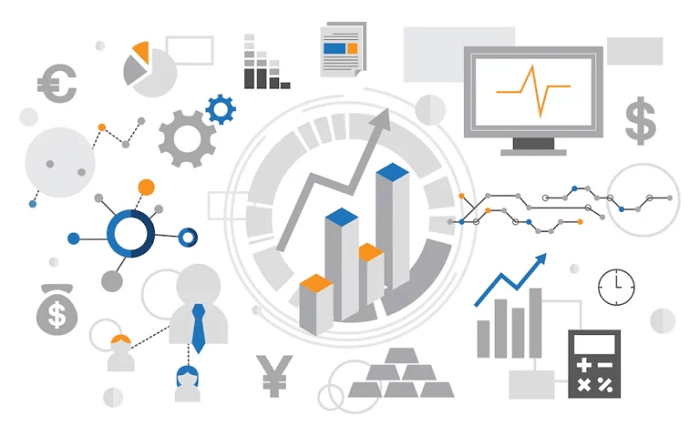
A capitalist country has the following characteristics:
2. Spending On InvestmentsAs the name implies, spending on investment is the money used to cover the expenses of making investments. In other words, it refers to the funds people and businesses use to purchase capital goods. In the long run, it is crucial in the macroeconomic pursuit of business cycles and economic improvement. 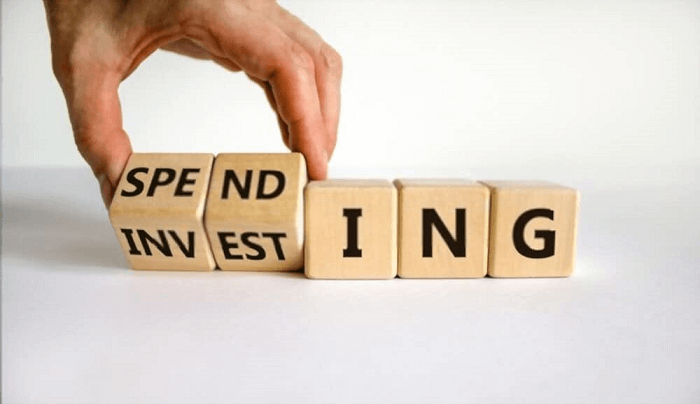
In other words, the investment expenditure effectively generates extra cash and supports employment in a country. The various investment categories are as follows:
3. RevenueRevenue is the entire amount a company receives through selling its products and providing its services to clients, and operating and non-operating revenue are both possible. 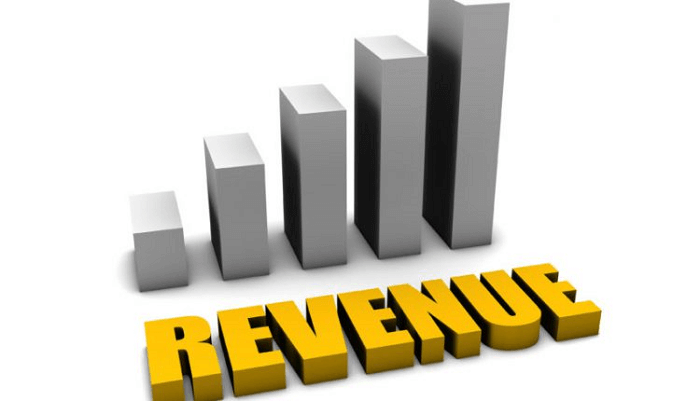
Knowing the factors considered helps us better understand the importance of revenue and its acknowledgments when determining the GDP. The GDP serves as an indicator of a country's overall economic health (gross domestic product). Macroeconomic IndicatorsAlthough macroeconomics is a relatively vast field, two particular research areas best characterize this discipline. The first category focuses on the variables that affect long-term economic growth. The second focuses on the factors that contribute to and are affected by short-term changes in employment and national income, generally called the business cycle. Economic GrowthAn economy is said to be experiencing economic growth when its total output rises. To promote economic policies that will encourage progress, development, and growing living standards, macroeconomists work to understand the elements that either advance or restrict economic growth. 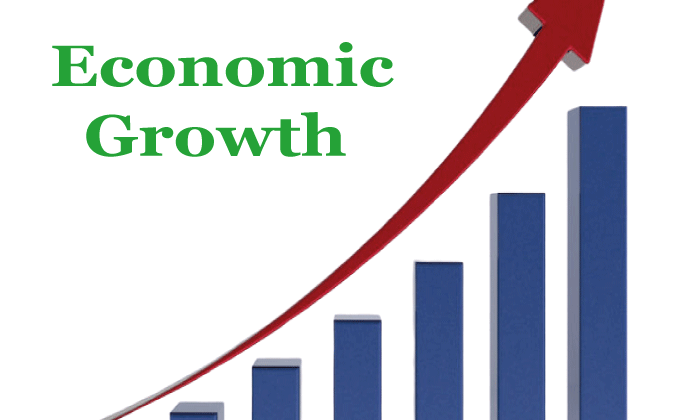
Economists might use various indicators to measure the economy's health. These indicators can be categorized into ten groups:
The Business CycleSignificant macroeconomic variables like employment and national output experience fluctuations in their levels and rates of change compared to long-term macroeconomic growth patterns. They also occur in that order and are called expansions, peaks, recessions, and troughs. These oscillations demonstrate that firms operate in cycles when plotted on a graph; as a result, it is known as the business cycle. 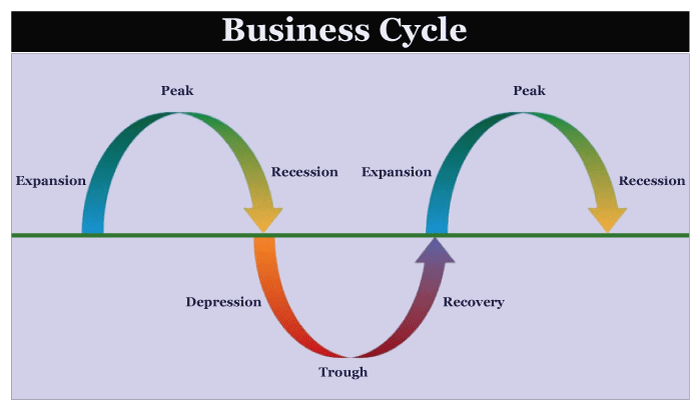
Macroeconomics Vs. MicroeconomicsThe two fields of economics-macro and micro-are distinct but interdependent. Following are some examples of how these two ideas differ from one another: 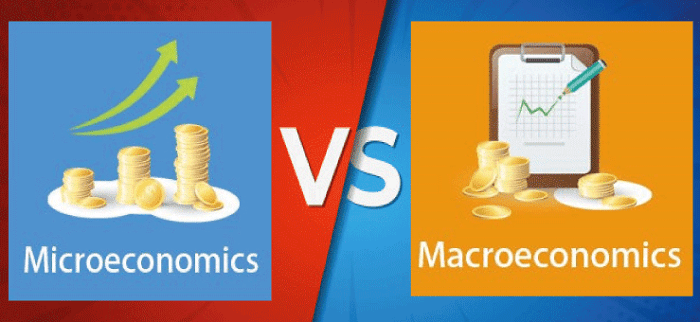
Limitations Of MacroeconomicsThe limitations of economics must also be understood. Theories are frequently developed in a vacuum and do not include specifics from the real world, such as taxation, regulations, and transaction costs. In addition to being extremely complex, the real world also contains ethical and social issues that counter quantitative study. 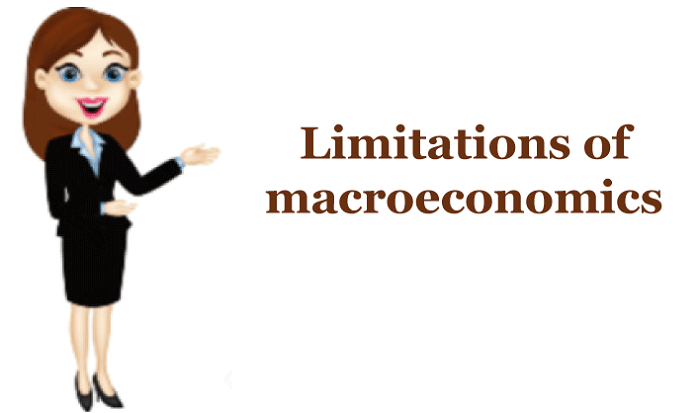
It is crucial and desirable to monitor significant macroeconomic indices like GDP, unemployment, and inflation despite the limitations of economic theory. This is because the economic environment in which businesses operate greatly impacts their performance and, consequently, the value of their stocks. Determining which beliefs are widespread and impact a government administration can also be extremely useful. Its fundamental economic principles will greatly influence how a government approaches taxation, regulation, spending, and other issues. Investors can at least obtain a view of the expected future and take confident action by having a deeper understanding of economics and the effects of economic decisions. Important Conclusions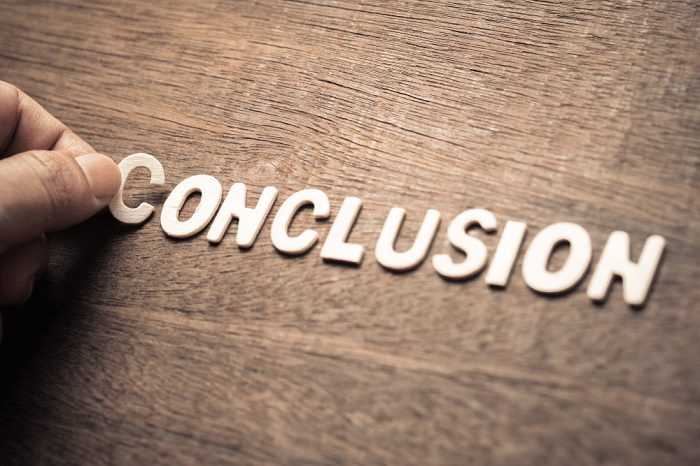
Next TopicNoise Pollution Definition
|
 For Videos Join Our Youtube Channel: Join Now
For Videos Join Our Youtube Channel: Join Now
Feedback
- Send your Feedback to [email protected]
Help Others, Please Share










